A Champion in Accessible Design, the U.S. Olympic and Paralympic Museum Opens in Colorado Springs
The Games may be canceled this year, but you can still get a virtual taste of glory
/https://tf-cmsv2-smithsonianmag-media.s3.amazonaws.com/filer/e6/ea/e6ea4081-d14e-436d-8928-076d259b5ff0/olympic__paralympic_museum.jpg)
While COVID-19 derailed plans for the Tokyo Games this summer, Olympics fans, disappointed to miss the pomp and cirumstance of opening ceremonies, can relish in the opening of the United States Olympic & Paralympic Museum (USOPM) in Colorado Springs. The 60,000-square-foot museum—the first ever to highlight both Olympic and Paralympic athletes in the United States—welcomes visitors starting today, after about nine years of preparation and planning.
"We're one of the few major countries that participates in the Olympics and Paralympics that didn't have a national museum honoring its Olympic and Paralympic athletes," says Chris Liedel, CEO of the museum. "The ethos was really about the ability to celebrate those athletes. Sports speaks every language, and it has the ability to unite people in a very powerful way." (Liedel formerly served as president of Smithsonian Enterprises, of which Smithsonian magazine is a part.)
Colorado Springs is a natural setting for the Diller Scofidio + Renfro-designed museum. In 2016, it was named "Olympic City," and it's already home base for the U.S. Olympic & Paralympic Committee and the U.S. Olympic & Paralympic Training Center.
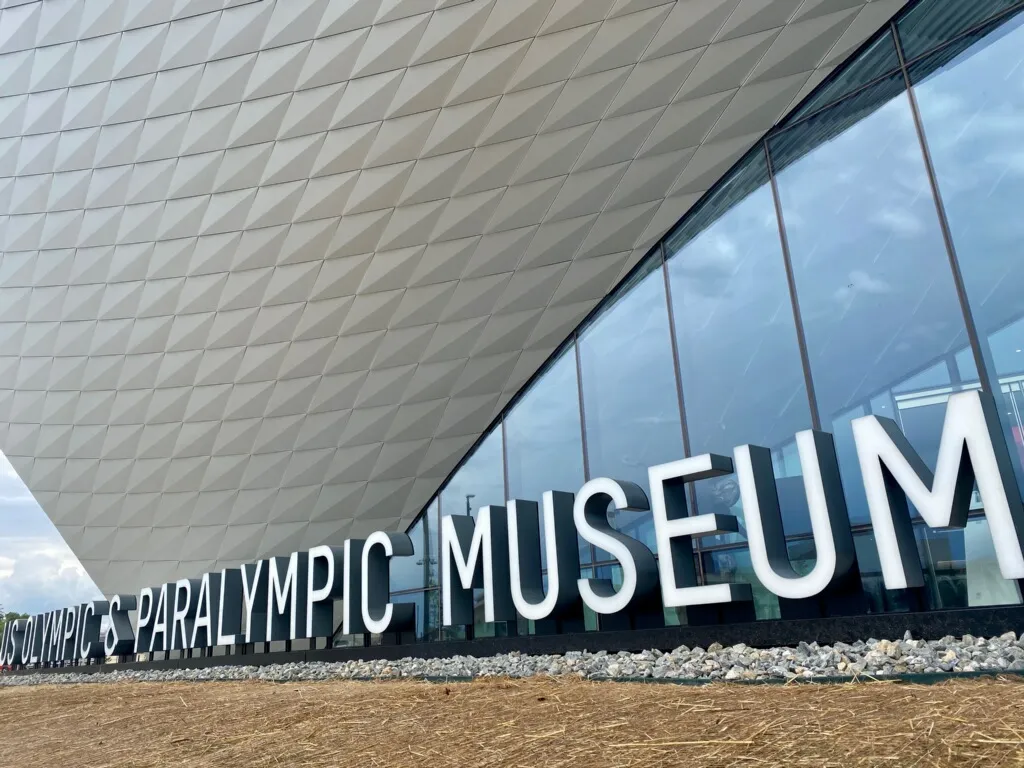
The museum tells the story of the Olympic and Paralympic Games in 12 galleries—one rotating gallery and the remainder permanent. These galleries are arranged in a narrative arc, where visitors first learn about the history of the games, then delve into athlete training and preparation, try six interactive sport experiences and interactive gallery walls, partake in the awards ceremonies, and continue on to explore the role the media plays in reporting on the events. There’s even a gallery where visitors can zero in on their hometown or alma mater and see any athletes connected to that area. Throughout, visitors will find more than 260 artifacts: Olympic torches, medals, the scoreboard from the Lake Placid Olympic Fieldhouse, gymnast Shannon Miller’s scrunchie, the "Night Train" bobsled piloted by Steven Holcomb, sprinter Michael Johnson’s golden shoes, Bonnie Blair's speed skates and Jim Craig’s goalie mask from the 1980 Winter Games.
In the build up to its opening, the USOPM has been praised in Architectural Digest for being "design-forward" and quite possibly "the most accessible museum in the world." The New York Times included the museum in its annual 52 places to go list. Critics, though, have noted the costs to build the museum, some of which came from state funds, far exceeded the inital estimate.
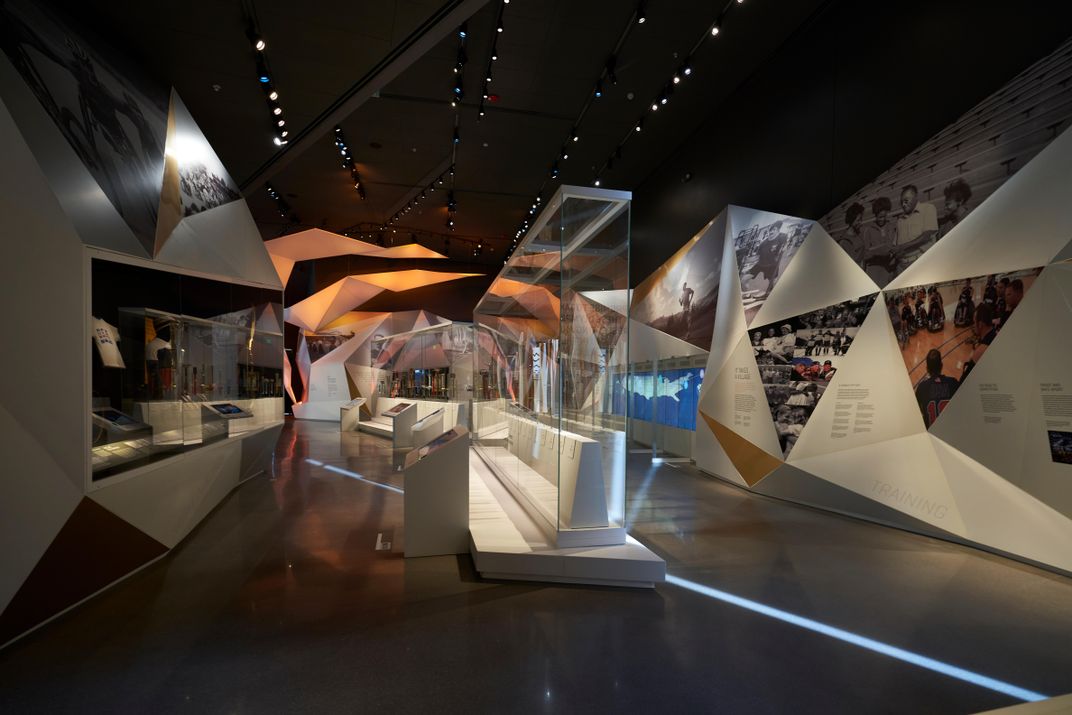
The most laudable aspect of the museum is its fully accessible design, both architecturally and digitally. Every visitor takes the elevator in the atrium up to the third floor and follows exhibits that flow downward; the entire museum is ramped to allow this to happen. Full accessibility was a main priority during the museum design process.
“In a party of four with a wheelchair user, we’re all able to take the same path through the museum without separating to use stairs or elevators,” says Michelle Dusserre Farrell, USOPM advisor and 1984 Olympic gymnastics silver medalist. “That was very intentionally designed, to make sure the experience was parallel in terms of physical access.”
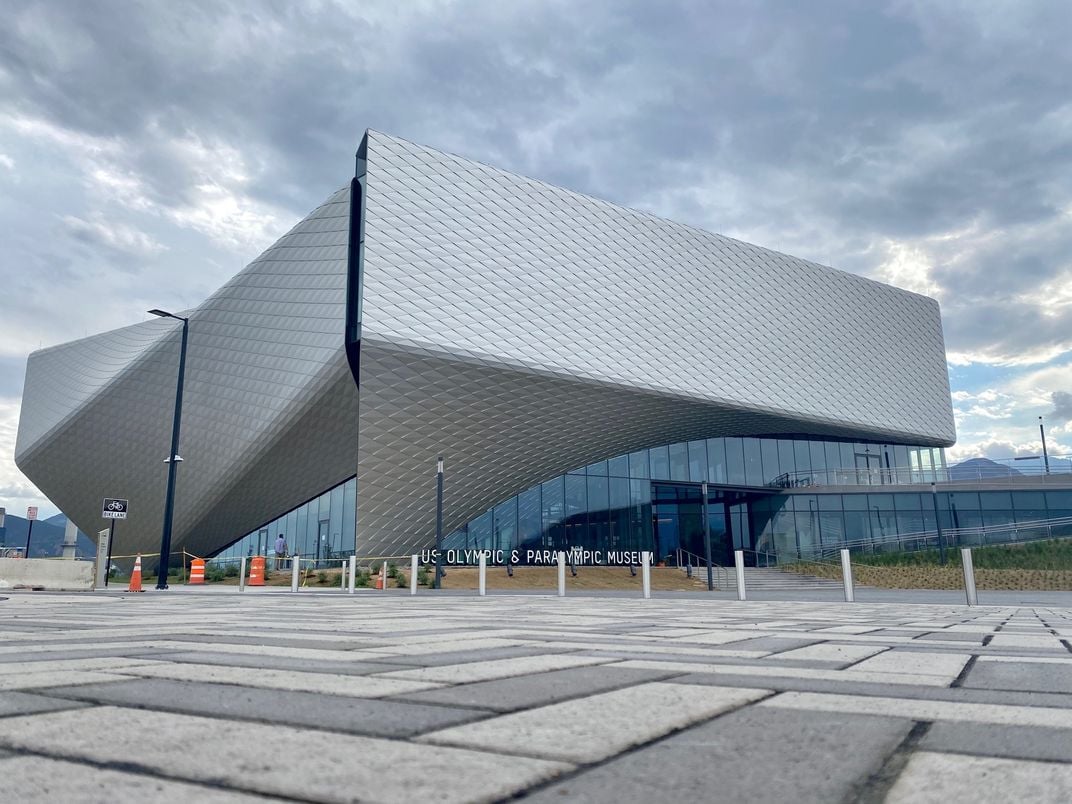
In addition, every visitor receives an editable RFID tag, which holds person-specific information, allowing them to tailor the experience to their respective needs.
“You pre-program your tag specifically for what you want your visit experience to be, whether it’s focusing on a favorite sport, a favorite athlete or a favorite Olympic game,” Farrell says. “Also, if you need any type of accommodations like audio descriptions or increased text size, all of that is programmed into the tag. When you go through the museum, the exhibit will pick up on the tag and present the content the way you’ve specified.”
The tag also unlocks a personalized digital locker, which fills with bookmarks, photos and videos as you make your way through the museum. After visiting, museumgoers can access their locker on USOPM's website or by scanning the souvenir tag with a phone.
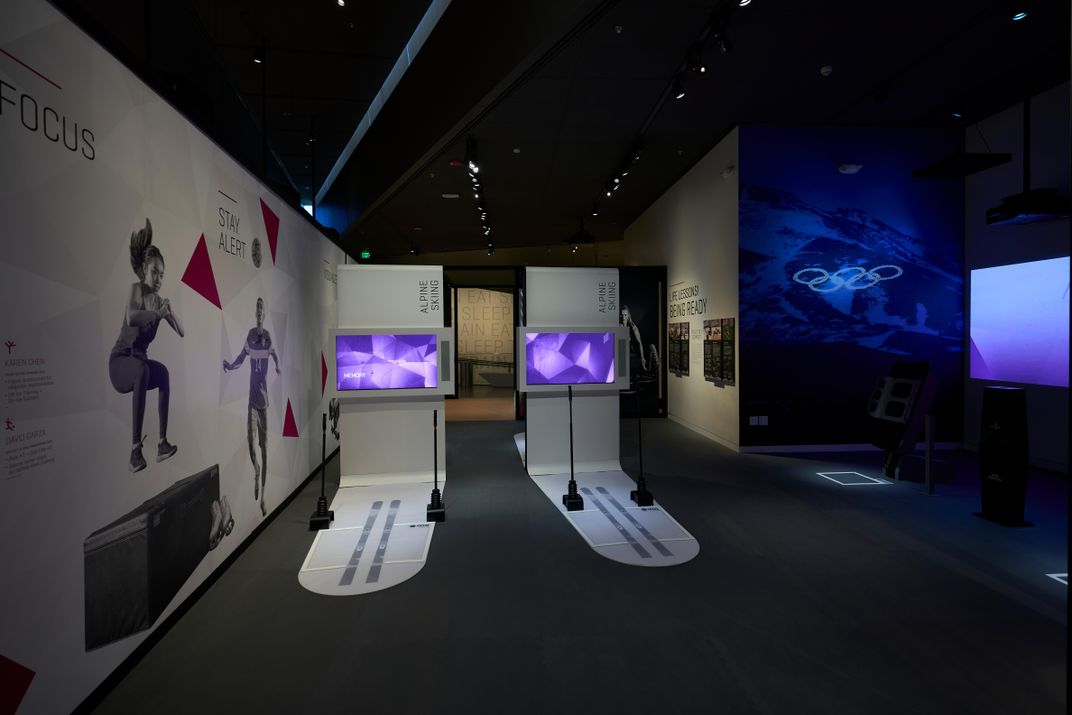
Team USA athletes—both Olympic and Paralympic—were heavily involved in the USOPM’s exhibit spaces and accessibility initiatives. Throughout the whole process, Ferrell worked with the athletes to discuss their stories and explore exactly what their journey was like, from getting into sports, to competing, to making their way to the international stage as part of the Olympic or Paralympic team. One of the best examples of that collaboration is in the Parade of Nations gallery, a 360-degree immersive experience where visitors get a feel for what it's like to enter a stadium during Opening Ceremonies with a crowd cheering them on.
Thanks to those conversations with the athletes—more than 70 of them, including Bonnie Blair, John Naber, Peggy Fleming, Rowdy Gaines, Nastia Liukin, Tatyana McFadden and Jim Craig—the museum is an informed, true-to-life experience, from when the athletes walk into the stadium that first day right down to the emotions they experience as they stand on the podium to accept their medals.
“There are so many fingerprints of athletes all throughout the museum, and it’s really creating that authentic experience for the visitor,” Farrell says.
Liedel also mentions that visitors to the museum can virtually race athletes on an indoor track, and have conversations with virtual versions of athletes.
“A young child [could] roll up to Matt Scott, who is a wheelchair basketball player, and be able to talk to this virtual athlete and ask him any and all questions that get into his personal conditions,” Liedel says. “It could be a really healing moment for a number of visitors in that respect.”
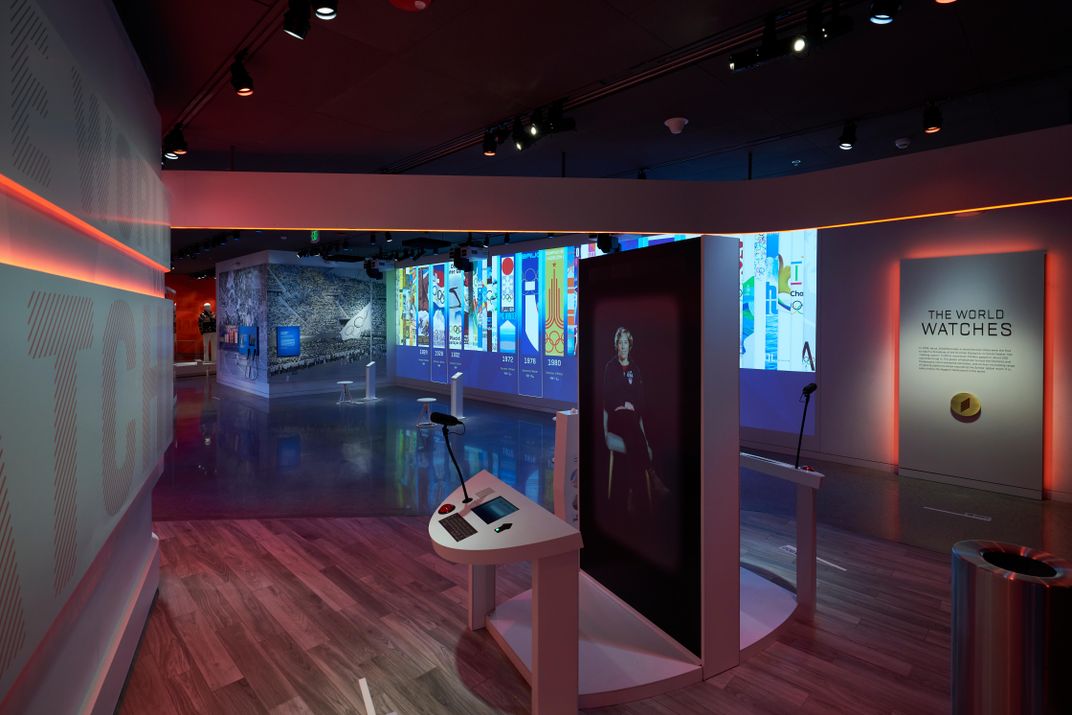
The museum’s inaugural exhibition focuses on LeRoy Neiman, who was the official Olympic games painter from 1972 until 2010. It’s the first time Neiman’s work—he painted everyone from Carl Lewis to Caitlyn Jenner—will be compiled and shown in one survey. More than a hundred of his vibrant, color-splashed paintings will be on display, plus one of his personal easels and a technological component projecting his paintings onto a 40-foot-high wall in the museum’s atrium, where they’ll be digitalized and meshed with pictures of today’s Olympians and Paralympians. The exhibit extends into the gift shop as well, where visitors will be able to “Neiman-ize” themselves in a custom photobooth.
Tickets range from $14.95 to $24.95. Thanks to the museum's accessible design, precautions against COVID-19 are built in with timed ticketing, that must be purchased in advance, and limited exhibition entry, allowing visitors to move around freely in the exhibition spaces. Interactive screens throughout the museum are actually touchless. The RFID tags provide a trackable path of where a visitor was in the museum, which would come in handy for contact tracing if necessary. In the gift shop, a digital mirror eliminates the need for dressing rooms by allowing visitors to try things on virtually. Aside from that, everyone has their temperature taken in the plaza outside the museum with a contactless thermometer when they arrive, galleries are monitored for capacity, face coverings are required, social distancing is enforced, and everyone receives a keepsake stylus they can use on touchable exhibits.
Farrell hopes visitors leave with more than just that keepsake stylus though.
“People have an emotional connection to the pursuit of an athlete to overcome the odds, to stand on the world’s biggest stage and possibly the podium,” she says. “The Olympic and Paralympic ideals are universal. They transcend sport. That’s the biggest takeaway for visitors when they leave, that they feel that level of inspiration by what they’ve experienced and they take that to go on and pursue their own dreams and passions.”
Planning Your Next Trip?
Explore great travel deals
Smithsonian magazine participates in affiliate link advertising programs. If you purchase an item through these links, we receive a commission.
/https://tf-cmsv2-smithsonianmag-media.s3.amazonaws.com/accounts/headshot/JenniferBillock.png)
/https://tf-cmsv2-smithsonianmag-media.s3.amazonaws.com/accounts/headshot/JenniferBillock.png)